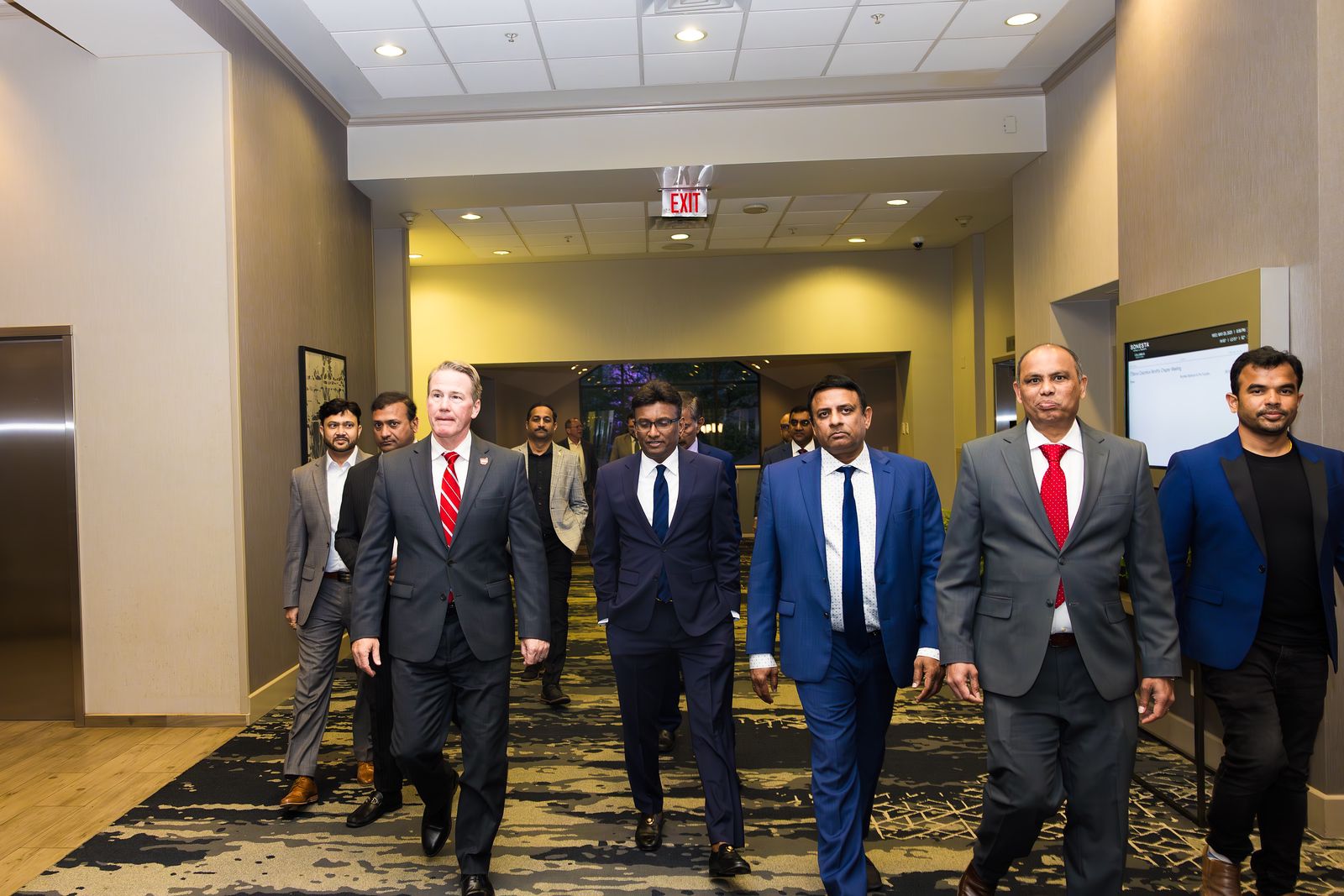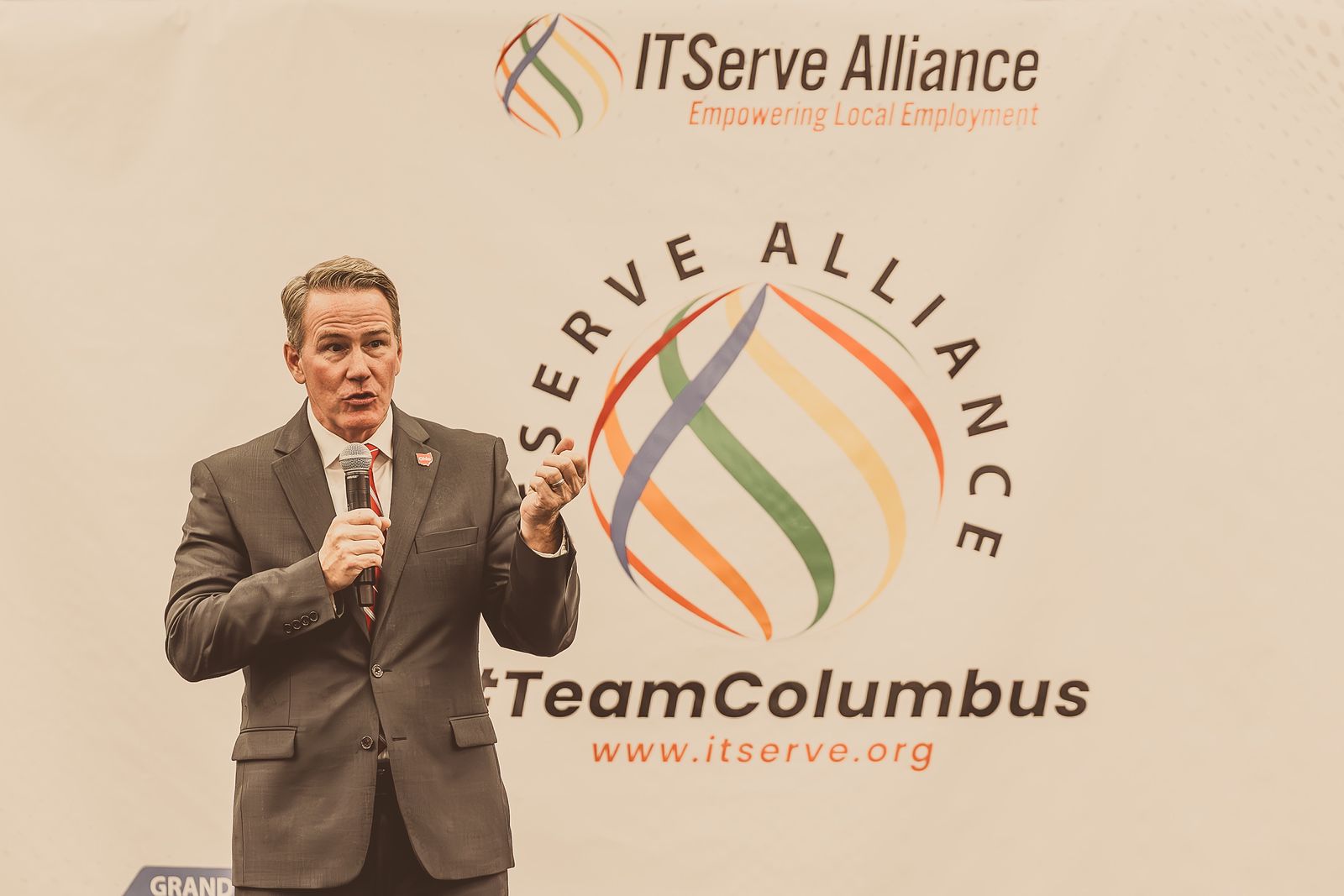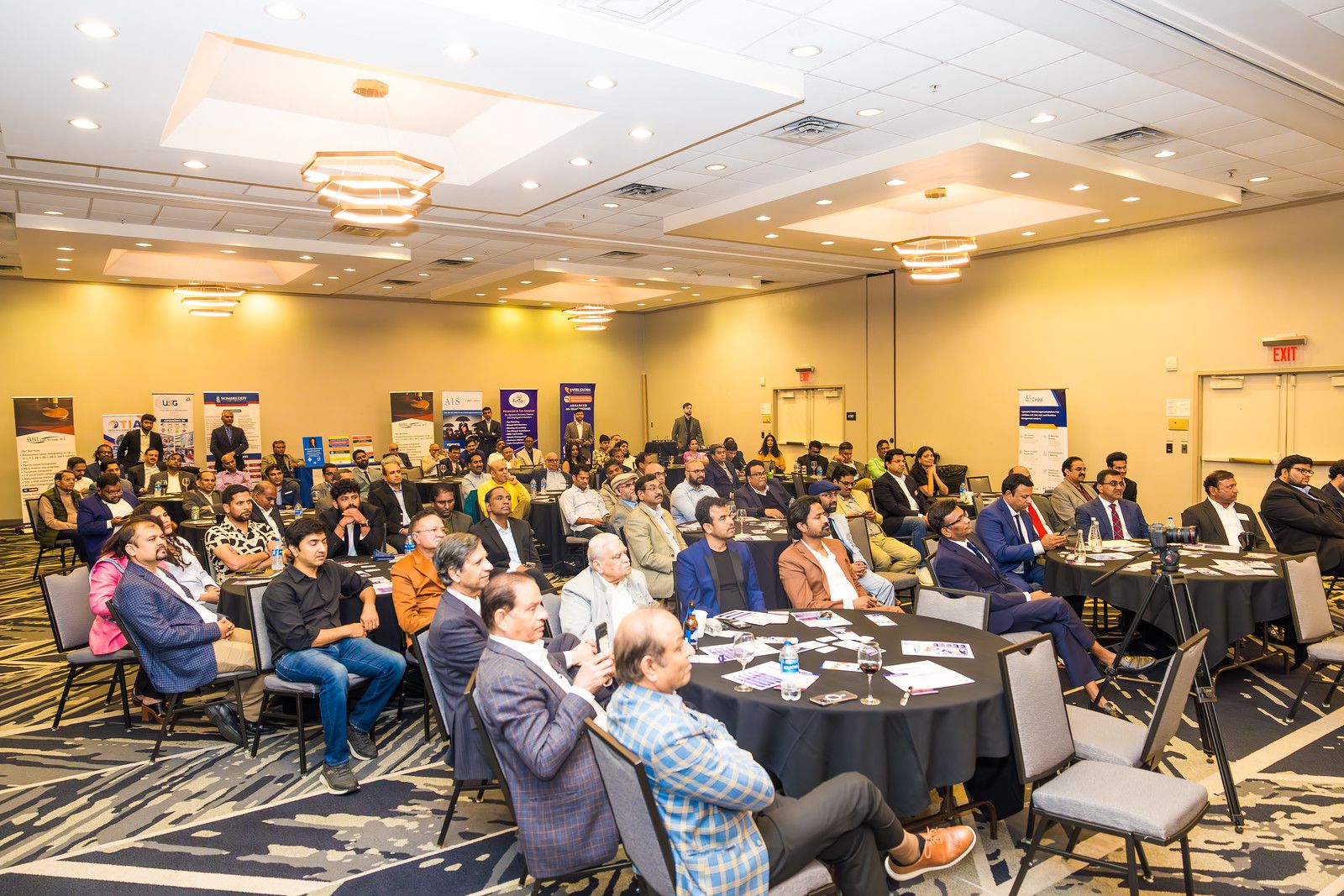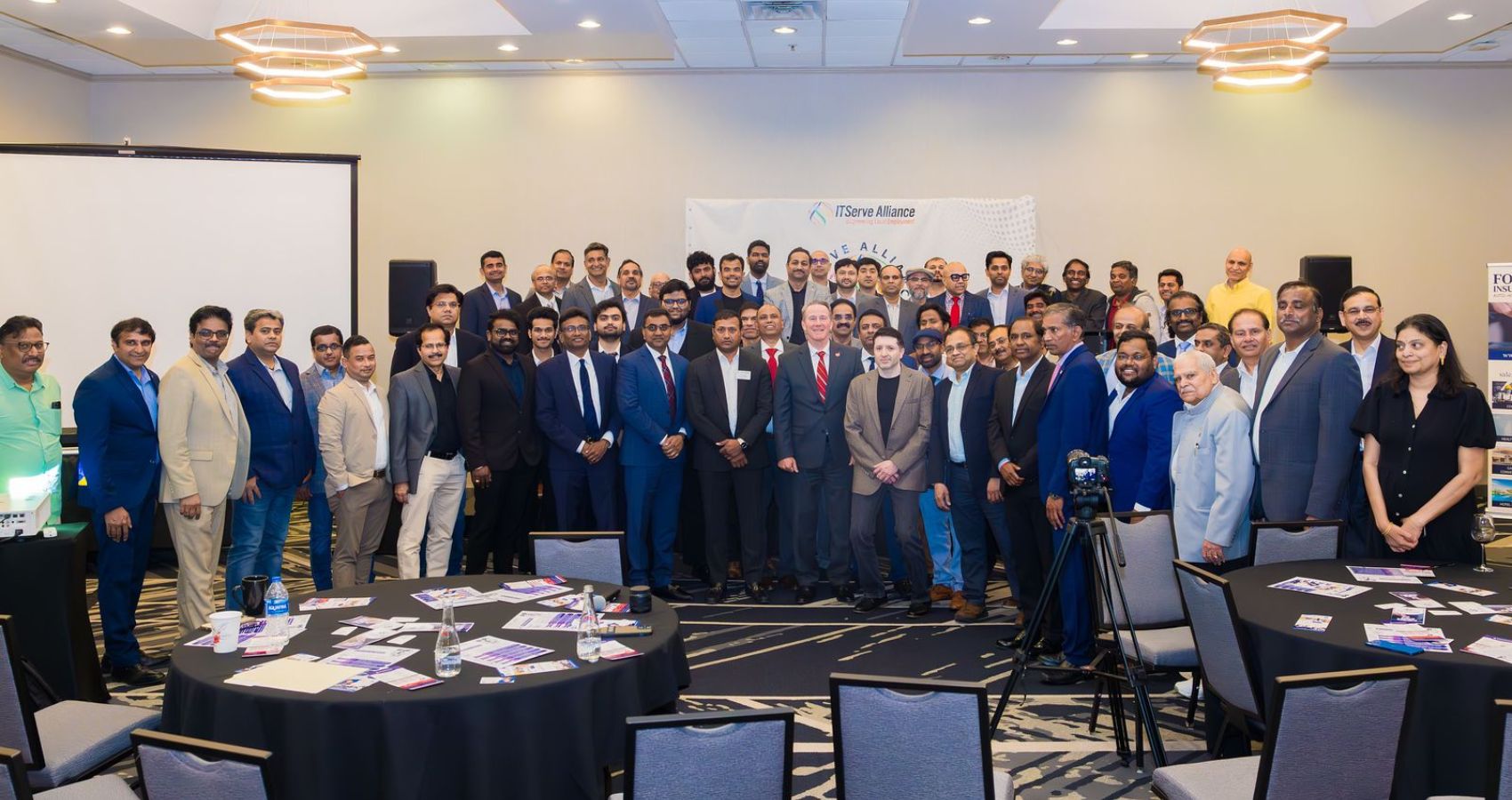The largest-ever study of ancient human DNA and the first genome of an individual from the ancient Indus Valley Civilization reveal in unprecedented detail the shifting ancestry of Central and South Asian populations over time.
The research, published online Sept. 5 in a pair of papers in Science and Cell, also answers longstanding questions about the origins of farming and the source of Indo-European languages in South and Central Asia.
Geneticists, archaeologists and anthropologists from North America, Europe, Central Asia and South Asia analyzed the genomes of 524 never before-studied ancient individuals. The work increased the worldwide total of published ancient genomes by about 25 percent.
By comparing these genomes to one another and to previously sequenced genomes, and by putting the information into context alongside archaeological, linguistic and other records, the researchers filled in many of the key details about who lived in various parts of this region from the Mesolithic Era (about 12,000 years ago) to the Iron Age (until around 2,000 years ago) and how they relate to the people who live there today.
“With this many samples, we can detect subtle interactions between populations as well as outliers within populations, something that has only become possible in the last couple of years through technological advances,” said David Reich, co-senior author of both papers and professor of genetics in the Blavatnik Institute at Harvard Medical School.
“These studies speak to two of the most profound cultural transformations in ancient Eurasia—the transition from hunting and gathering to farming and the spread of Indo-European languages, which are spoken today from the British Isles to South Asia—along with the movement of people,” said Vagheesh Narasimhan, co-first author of both papers and a postdoctoral fellow in the Reich lab. “The studies are particularly significant because Central and South Asia are such understudied parts of the world.”
“One of the most exciting aspects of this study is the way it integrates genetics with archaeology and linguistics,” said Ron Pinhasi of the University of Vienna, co-senior author of the Science paper. “The new results emerged after combining data, methods and perspectives from diverse academic disciplines, an integrative approach that provides much more information about the past than any one of these disciplines could alone.”
“In addition, the introduction of new sampling methodologies allowed us to minimize damage to skeletons while maximizing the chance of obtaining genetic data from regions where DNA preservation is often poor,” Pinhasi added.
Indo-European languages—including Hindi/Urdu, Bengali, Punjabi, Persian, Russian, English, Spanish, Gaelic and more than 400 others—make up the largest language family on Earth.
For decades, specialists have debated how Indo-European languages made their way to distant parts of the world. Did they spread via herders from the Eurasian Steppe? Or did they travel with farmers moving west and east from Anatolia (present-day Turkey)?
A 2015 paper by Reich and colleagues indicated that Indo-European languages arrived in Europe via the steppe. The Science study now makes a similar case for South Asia by showing that present-day South Asians have little if any ancestry from farmers with Anatolian roots.
“We can rule out a large-scale spread of farmers with Anatolian roots into South Asia, the centerpiece of the ‘Anatolian hypothesis’ that such movement brought farming and Indo-European languages into the region,” said Reich, who is also an investigator of the Howard Hughes Medical Institute and the Broad Institute. “Since no substantial movements of people occurred, this is checkmate for the Anatolian hypothesis.”
One new line of evidence in favor of a steppe origin for Indo-European languages is the detection of genetic patterns that connect speakers of the Indo-Iranian and Balto-Slavic branches of Indo-European. The researchers found that present-day speakers of both branches descend from a subgroup of steppe pastoralists who moved west toward Europe almost 5,000 years ago and then spread back eastward into Central and South Asia in the following 1,500 years.
“This provides a simple explanation in terms of ancient movements of people for the otherwise puzzling shared linguistic features of these two branches of Indo-European, which today are separated by vast geographic distances,” said Reich.
A second line of evidence in favor of a steppe origin is the researchers’ discovery that of the 140 present-day South Asian populations analyzed in the study, a handful show a remarkable spike in ancestry from the steppe. All but one of these steppe-enriched populations are historically priestly groups, including Brahmins—traditional custodians of texts written in the ancient Indo-European language Sanskrit.
“The finding that Brahmins often have more steppe ancestry than other groups in South Asia, controlling for other factors, provides a fascinating new argument in favor of a steppe origin for Indo-European languages in South Asia,” said Reich.
“This study has filled in a large piece of the puzzle of the spread of Indo-European,” said co-author Nick Patterson, research fellow in genetics at HMS and a staff scientist at the Broad Institute of MIT and Harvard. “I believe the high-level picture is now understood.”
“This problem has been in the air for 200 years or more and it’s now rapidly being sorted out,” he added. “I’m very excited by that.”
Agriculture origins
The studies inform another longstanding debate, this one about whether the change from a hunting and gathering economy to one based on farming was driven more by movements of people, the copying of ideas or local invention.
In Europe, ancient-DNA studies have shown that agriculture arrived along with an influx of people with ancestry from Anatolia.
The new study reveals a similar dynamic in Iran and Turan (southern Central Asia), where the researchers found that Anatolian-related ancestry and farming arrived around the same time.
“This confirms that the spread of agriculture entailed not only a westward route from Anatolia to Europe but also an eastward route from Anatolia into regions of Asia previously only inhabited by hunter-gatherer groups,” said Pinhasi.
Then, as farming spread northward through the mountains of Inner Asia thousands of years after taking hold in Iran and Turan, “the links between ancestry and economy get more complex,” said archaeologist Michael Frachetti of Washington University in St. Louis, co-senior author who led much of the skeletal sampling for the Science paper.
By around 5,000 years ago, the researchers found, southwestern Asian ancestry flowed north along with farming technology, while Siberian or steppe ancestry flowed south onto the Iranian plateau. The two-way pattern of movement took place along the mountains, a corridor that Frachetti previously showed was a “Bronze Age Silk Road” along which people exchanged crops and ideas between East and West.
In South Asia, however, the story appears quite different. Not only did the researchers find no trace of the Anatolian-related ancestry that is a hallmark of the spread of farming to the west, but the Iranian-related ancestry they detected in South Asians comes from a lineage that separated from ancient Iranian farmers and hunter-gatherers before those groups split from each other.
The researchers concluded that farming in South Asia was not due to the movement of people from the earlier farming cultures of the west; instead, local foragers adopted it.
“Prior to the arrival of steppe pastoralists bringing their Indo-European languages about 4,000 years ago, we find no evidence of large-scale movements of people into South Asia,” said Reich.
Map showing the reconstructed migrations and genetic contributions of people with steppe pastoralist ancestry. Image: Oliver Uberti/Science via Harvard Medical School
First glimpse of the ancestry of the Indus Valley Civilization
Running from the Himalayas to the Arabian Sea, the Indus River Valley was the site of one of the first civilizations of the ancient world, flourishing between 4,000 and 5,000 years ago. People built towns with populations in the tens of thousands. They used standardized weights and measures and exchanged goods with places as far-flung as East Africa.
But who were they?
Before now, geneticists were unable to extract viable data from skeletons buried at Indus Valley Civilization archaeological sites because the heat and volatile climate of lowland South Asia have degraded most DNA beyond scientists’ ability to analyze it.
The Cell paper changes this.
After screening more than 60 skeletal samples from the largest known town of the Indus Valley Civilization, called Rakhigarhi, the authors found one with a hint of ancient DNA. After more than 100 sequencing attempts, they generated enough data to reach meaningful conclusions.
The ancient woman’s genome matched those of 11 other ancient people reported in the Science paper who lived in what is now Iran and Turkmenistan at sites known to have exchanged objects with the Indus Valley Civilization. All 12 had a distinctive mix of ancestry, including a lineage related to Southeast Asian hunter-gatherers and an Iranian-related lineage specific to South Asia. Because this mix was different from the majority of people living in Iran and Turkmenistan at that time, the authors propose that the 11 individuals reported in the Science paper were migrants, likely from the Indus Valley Civilization.
None of the 12 had evidence of ancestry from steppe pastoralists, consistent with the model that that group hadn’t arrived yet in South Asia.
The Science paper further showed that after the decline of the Indus Valley Civilization between 4,000 and 3,500 years ago, a portion of the group to which these 12 individuals belonged mixed with people coming from the north who had steppe pastoralist ancestry, forming the Ancestral North Indians, one of the two primary ancestral populations of present-day people in India. A portion of the original group also mixed with people from peninsular India to form the other primary source population, the Ancestral South Indians.
“Mixtures of the Ancestral North Indians and Ancestral South Indians—both of whom owe their primary ancestry to people like that of the Indus Valley Civilization individual we sequenced—form the primary ancestry of South Asians today,” said Patterson.
“The study directly ties present-day South Asians to the ancient peoples of South Asia’s first civilization,” added Narasimhan.
The authors caution that analyzing the genome of only one individual limits the conclusions that can be drawn about the entire population of the Indus Valley Civilization.“My best guess is that the Indus Valley Civilization itself was genetically extremely diverse,” said Patterson. “Additional genomes will surely enrich the picture.”
Early access experiment
The team released most of its data for the Science study in early 2018 on the preprint server bioRxiv. The material has already been used in multiple published papers by other teams as well as a book. Researchers also spotted previously unnoticed patterns in the data.
“We wanted to see what would happen if we allowed other researchers to question our conclusions and come to new insights,” said Narasimhan. “These findings from the community substantially improved the final version of the manuscript.”
“We feel that this experiment in open-notebook and crowd-sourced science was an unmitigated success,” said Reich. “We are eager to find other ways to make data available early so we can leverage the broad interest in this work to make the science even better and to ensure that the conclusions we draw are as robust and nuanced as possible.”
Funding and authorship
- “The formation of human populations in South and Central Asia,” Science, 5 September 2019
Narasimhan and Patterson are co-first authors. Patterson conducted the research while a fellow at the Radcliffe Institute for Advanced Study at Harvard University.
Frachetti, Pinhasi and Reich are co-senior authors.
This study was supported by the Burroughs Wellcome Fund (CASI award), National Institutes of Health (GM100233, GM007753), Russian Science Foundation (project 14-50-00036), Russian Foundation for Basic Research (grant 18-09-00779), European Research Council (ERC-2011-AdG 295733 grant), Ministry of Education and Sciences of the Russian Federation (No. 33.1907 2017/P4, 33.5494, 2017/BP), National Science Foundation (BCS-1460369, BCS-1725067, BCS-1032255), Council of Scientific and Industrial Research of the Government of India (NCP fund MLP0117), Max Planck Society, Allen Discovery Center and John Templeton Foundation (grant 61220).
- “An Ancient Harappan Genome Lacks Ancestry from Steppe Pastoralists or Iranian Farmers,” Cell, 6 September 2019
Co-first authors are Vasant Shinde of Deccan College Post-Graduate and Research Institute in Pune, India, and Narasimhan.
Co-senior authors are Niraj Rai of the Birbal Sahni Institute of Palaeosciences in Lucknow, India, and Reich.
This study was supported by the Council of Scientific and Industrial Research of the Government of India, National Science Foundation (HOMINID grant BCS-1032255), National Institutes of Health (grant GM100233), Allen Discovery Center and John Templeton Foundation (grant 61220).
 Vallabhaneni, while expressing his appreciation and gratitude to the Sen. Husted, who serves on the Committee on Health, Education, Labor, and Pensions, the Committee on Small Business and Entrepreneurship, the Committee on Environment and Public Works, and the Special Committee on Aging, said, “We truly appreciate the time he spent with us and the valuable insights he shared. His perspectives on current affairs and the evolving role of IT and AI in the industry were both timely and thought-provoking.”
Vallabhaneni, while expressing his appreciation and gratitude to the Sen. Husted, who serves on the Committee on Health, Education, Labor, and Pensions, the Committee on Small Business and Entrepreneurship, the Committee on Environment and Public Works, and the Special Committee on Aging, said, “We truly appreciate the time he spent with us and the valuable insights he shared. His perspectives on current affairs and the evolving role of IT and AI in the industry were both timely and thought-provoking.” Capitol Hill Day is a vital part of ITServe Alliance, which was born out of the necessity to be the voice of IT companies in the United States, advocating for our rights, with the objective of educating lawmakers working toward meaningful changes that will benefit the IT industry and the larger society across the nation.
Capitol Hill Day is a vital part of ITServe Alliance, which was born out of the necessity to be the voice of IT companies in the United States, advocating for our rights, with the objective of educating lawmakers working toward meaningful changes that will benefit the IT industry and the larger society across the nation. About ITServe Alliance:
About ITServe Alliance:

 The downward trend is about 13% per decade, averaged across the month of September. “This reflects the warming of the Arctic,” said Prof Rex. “The ice is disappearing and if in a few decades we have an ice-free Arctic – this will have a major impact on the climate around the world.”
The downward trend is about 13% per decade, averaged across the month of September. “This reflects the warming of the Arctic,” said Prof Rex. “The ice is disappearing and if in a few decades we have an ice-free Arctic – this will have a major impact on the climate around the world.” Coronavirus only briefly interrupted the expedition – not by making participants ill, but by obliging the ship at one point to leave the floes to go pick up its next rotation of scientists. Other ships and planes were supposed to deliver the participants direct to RV Polarstern, but international movement restrictions made this extremely challenging in the early-to-middle part of this year.
Coronavirus only briefly interrupted the expedition – not by making participants ill, but by obliging the ship at one point to leave the floes to go pick up its next rotation of scientists. Other ships and planes were supposed to deliver the participants direct to RV Polarstern, but international movement restrictions made this extremely challenging in the early-to-middle part of this year. The vaccine uses a harmless-to-humans chimpanzee adenovirus as a delivery vector. That virus is modified to carry spike proteins from SARS-CoV-2—the component of the coronavirus that, in theory, should induce the sought-after immune response in humans. What the researchers were looking for were two kinds of immune reaction: humoral immunity, or the system-wide generation of antibodies against the virus; and cellular immunity, or the activation of immune system T-cells that attack human cells infected with the COVID-19 virus. Oxford vaccine triggers immune response, trial findsA Covid-19 vaccine candidate developed by the Oxford University has safely prompted a protective immune response in hundreds of volunteers who got the shot in an early trial, preliminary findings published Monday in the journal Lancet said. The vaccine, ChAdOx1 nCoV-19 (also called AZD1222), designed by Oxford and developed by AstraZeneca, the Anglo-Swedish pharma major, triggered a dual immune response in people aged 18 to 55 that lasted at least two months. The preliminary
The vaccine uses a harmless-to-humans chimpanzee adenovirus as a delivery vector. That virus is modified to carry spike proteins from SARS-CoV-2—the component of the coronavirus that, in theory, should induce the sought-after immune response in humans. What the researchers were looking for were two kinds of immune reaction: humoral immunity, or the system-wide generation of antibodies against the virus; and cellular immunity, or the activation of immune system T-cells that attack human cells infected with the COVID-19 virus. Oxford vaccine triggers immune response, trial findsA Covid-19 vaccine candidate developed by the Oxford University has safely prompted a protective immune response in hundreds of volunteers who got the shot in an early trial, preliminary findings published Monday in the journal Lancet said. The vaccine, ChAdOx1 nCoV-19 (also called AZD1222), designed by Oxford and developed by AstraZeneca, the Anglo-Swedish pharma major, triggered a dual immune response in people aged 18 to 55 that lasted at least two months. The preliminary 

